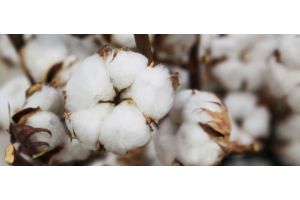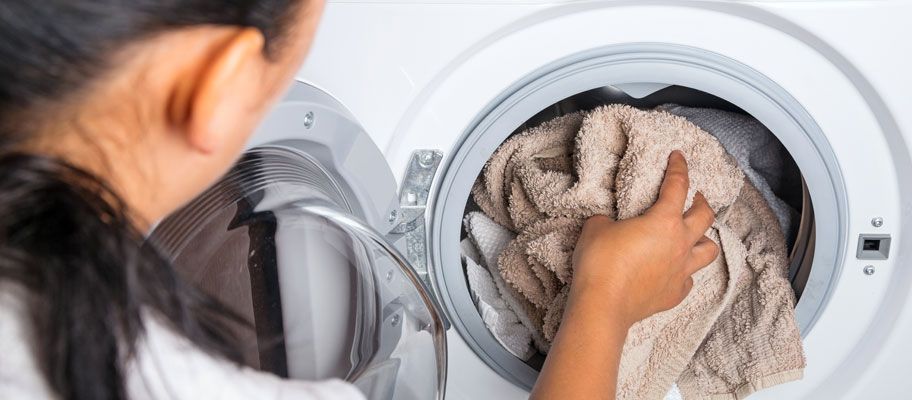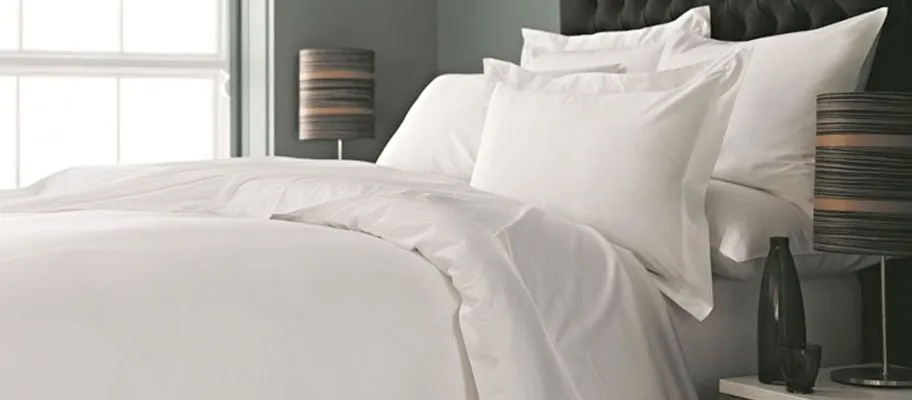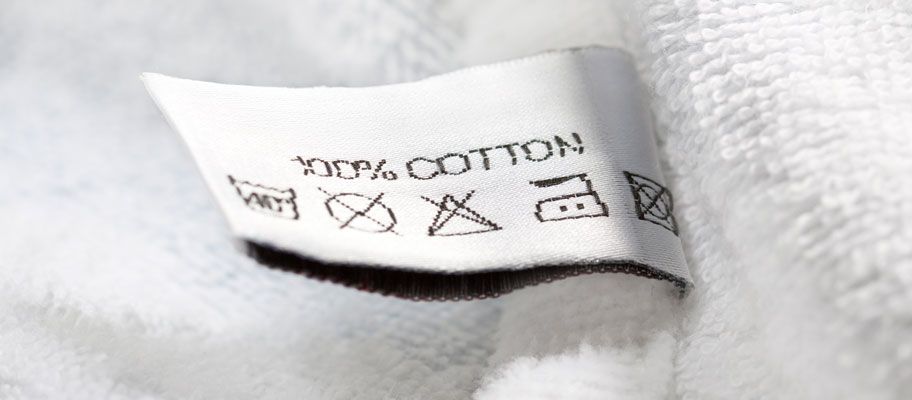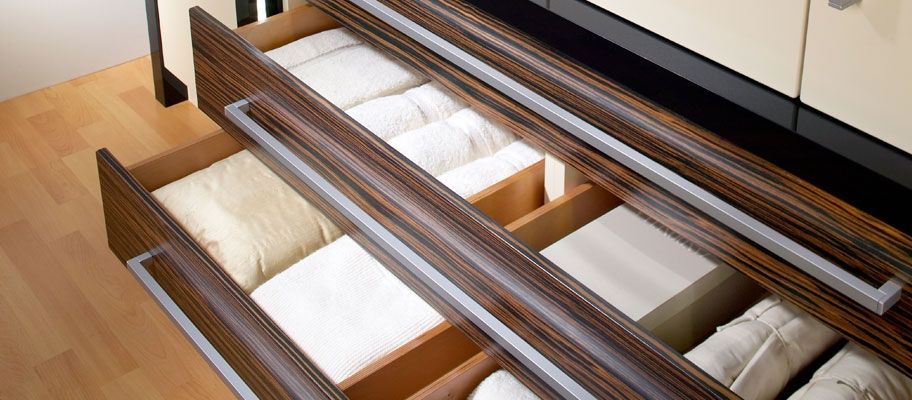We use cookies to give you the best possible experience. To accept cookies continue browsing, or view our Cookies Policy to find out more.
The Steps to Safe Textile Bleaching
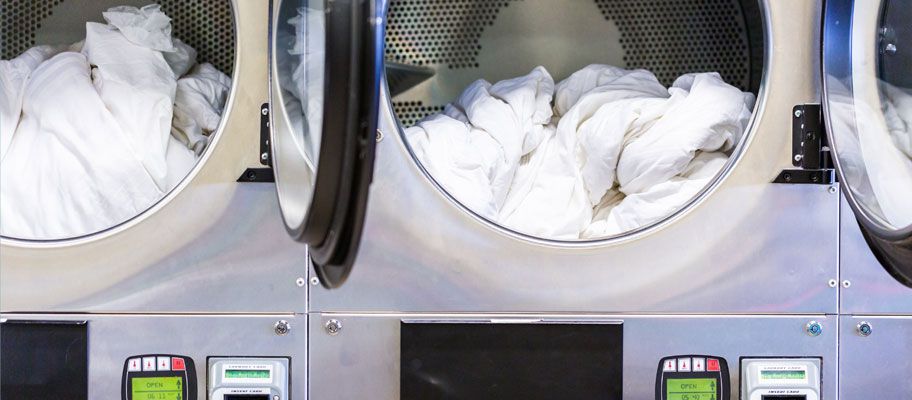
In a commercial laundry environment, it’s important to consider safe and effective ways of textile bleaching to use as a pre-treatment in the cleaning process. The act of bleaching works to whiten the fabric and removes undesired colour components.
In natural fibres such as cotton and linen, the inherent colour is usually an off-white shade similar to that of wool and/or silk and, as such, bleaching is used to create an appealing, more visually attractive textile.
There are a number of ways to use bleaching safely in both a commercial or on premise laundry; ensuring the quality of the fabric is maintained yet the durability and robustness of the textile is not negatively affected.
Sodium Hypochlorite
‘Chlorine’ bleach is the cheapest de-stainer but it must be used correctly. It deteriorates in storage, especially in sunlight, so it is wise to ask the detergent supplier to check its strength during routine visits.
For washer extractors, the maximum safe dosage for normal work is 6ml of 15% bleach as delivered per kg of dry textiles. This should give a textile life of 200 wash and use cycles, provided the textiles are of the correct strength to start with and they don’t disappear earlier for reasons other than tearing or fraying. For the re-wash, the dosage is 12ml/kg, which will probably reduce the life of cotton textiles by one wash and use cycle each time. These dosages should be halved for the tunnel washer.
The one exception is table linen for which the normal dosage is 12ml/kg in the standard wash, which will give a nominal textile life of 100 cycles unless the items disappear earlier for other reasons. Again, the tunnel washer dosage is half of this.
Bleaching with hypochlorite is best done at around 40°C to balance good stain removal against excessive chemical damage to the textile stock. It is permissible to go up to 50°C but above 60°C the rate of damage exceeds the rate of stain removal, making this uneconomic. This calls for bleaching on the first rinse on washer extractors.
In tunnel washers, hypochlorite injection should be into the centre of the rinse zone, so that the bleach flows forwards with the work and backwards with the water flow. In this way, safe bleaching occurs in every compartment.
It’s important to note that hypochlorite should never be added to the pre-wash, either in the washer-extractor or in the tunnel washer, because any carryover into the hot wash will reduce textile life very significantly. Get more information on the average lifespan of textiles.
Bleach stratifies (separates into layers) very easily. Ensure that stock tanks are always well mixed. Otherwise, a layer of concentrated bleach from the base of the tank does a lot of early damage to the textile plus there is no bleaching for the rest of the day.
Hydrogen Peroxide
Oxygen bleaches, of which Hydrogen Peroxide is one, are regarded as much safer bleaches than hypochlorite, because they are designed to go into the hot wash. Therefore they cannot cause accidental excessive chemical damage.
They are just as effective as chlorine bleach on vegetable dyes from tea, coffee and red wine, but they do not have the power of chlorine bleach to ‘burn off’ set protein stains. These should be removed by proper washing and never by bleaching.
The dosage for a washer extractor process should be 4ml of 100volume strength Hydrogen Peroxide per kg of dry textiles. For a tunnel washer, use half this quantity.
Powder Bleaches
Sodium Percarbonate powder is designed to liberate hydrogen peroxide in the wash and can be used as an alternative, dosed at 3g bleach per kg dry textiles.





